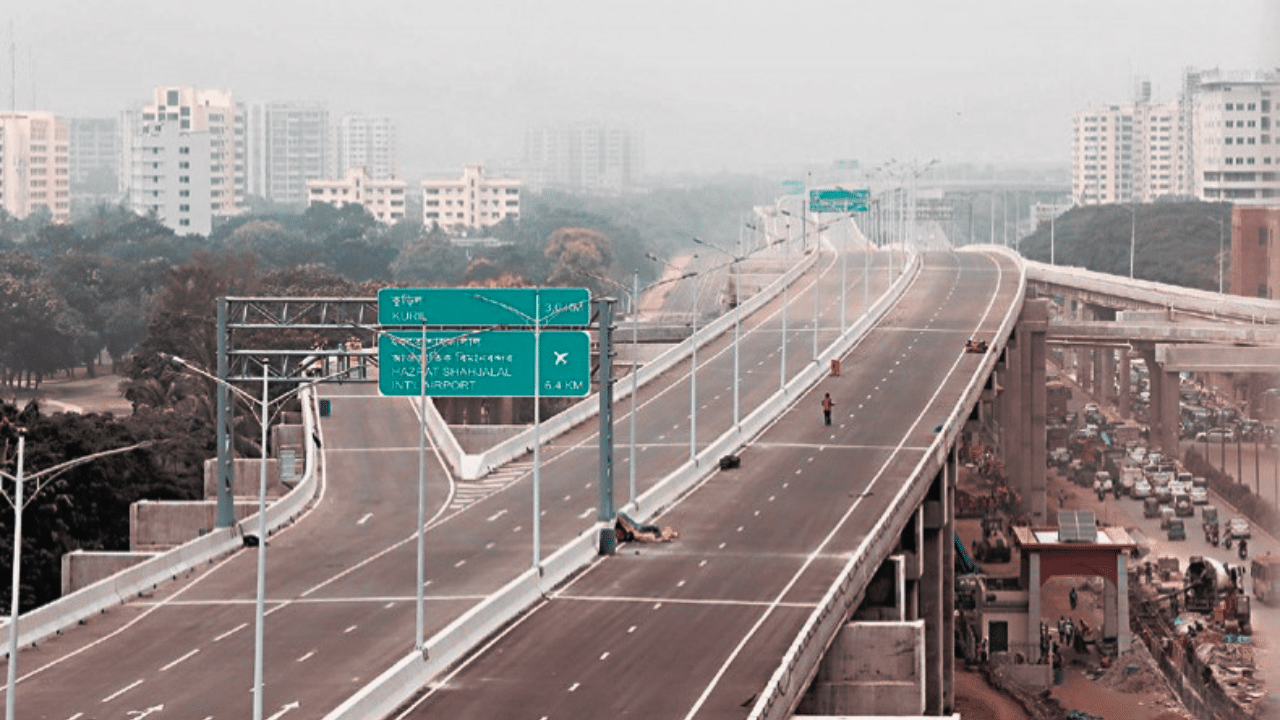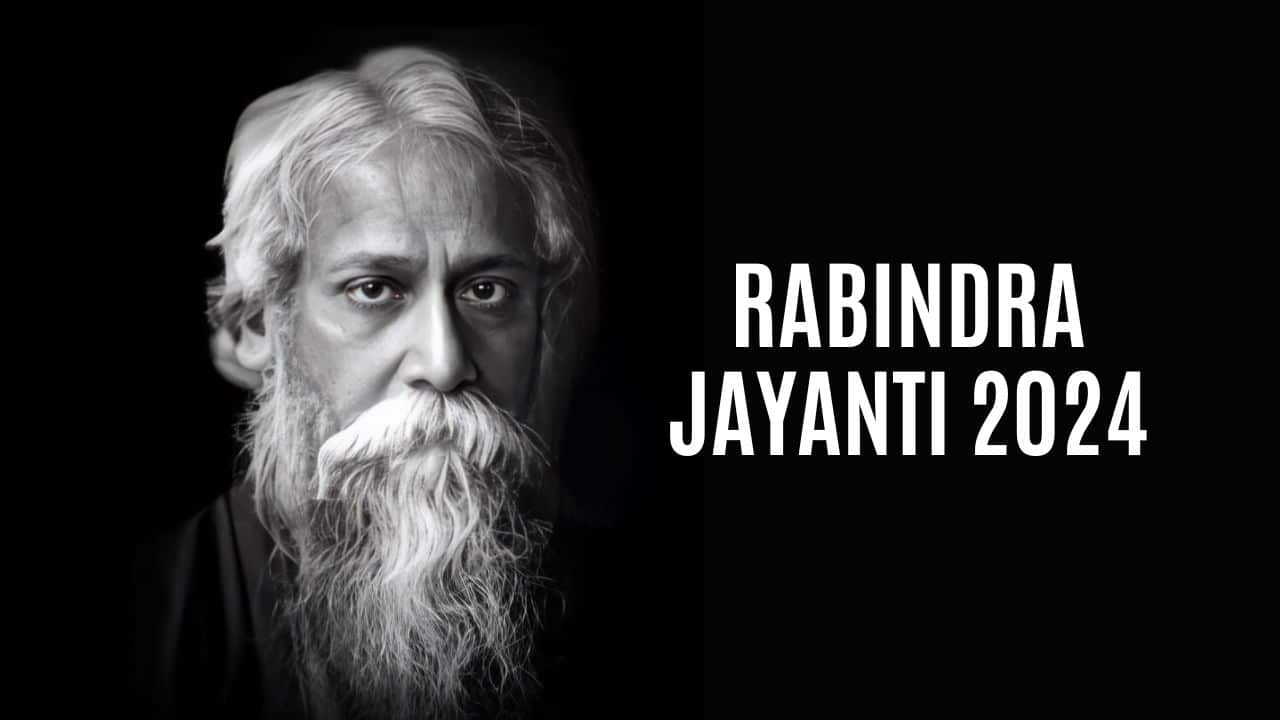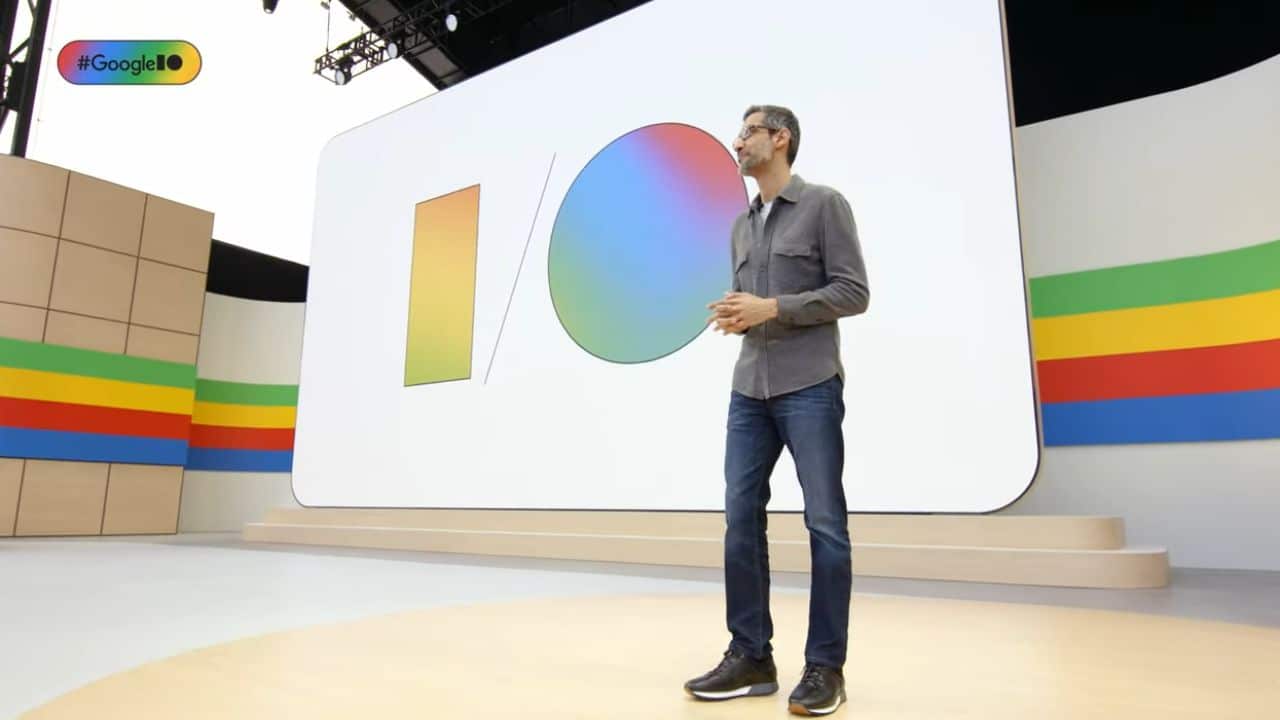Dhaka is facing a serious problem of traffic congestion. As part of the solution, the Dhaka Elevated Expressway has already been launched to reduce travel times and improve connectivity between different parts of Dhaka city. It’s the first elevated expressway in Dhaka.
This in-depth post will explore the successes, and problems encountered, as well as pertinent future challenges for reducing traffic jams in Dhaka. By understanding more about the Dhaka’s first elevated expressway, you’ll gain a better sense of how we can work together to improve our home city’s transportation infrastructure.
So let’s begin!
- The Dhaka Elevated Expressway has improved connectivity, transport capacity for over 80,000 vehicles, and reduced travel time.
- Successful implementation of a toll collection system is necessary while only cars are allowed on the Dhaka Elevated Expressway due to safety reasons,
- Managing ramp connections to mitigate congestion as well as introducing efficient traffic management systems and public awareness campaigns are key challenges for reducing traffic jams.
- Enhanced transportation efficiency could bring economic boost with improved quality of life through easier access for residents in Dhaka city.
About The Inauguration of Dhaka’s First Elevated Expressway

In a significant development, Bangladesh Prime Minister Sheikh Hasina officially launched the highly anticipated 11.5 km Airport-Farmgate segment of the Dhaka Elevated Expressway today, on September 2, 2023. This groundbreaking infrastructure project, spanning a total of 19.73 km, marks a historic milestone as the country’s first-ever elevated expressway. The inauguration has sparked optimism among the public, as it is expected to alleviate the persistent issue of traffic congestion and significantly reduce travel time for commuters in the bustling capital city.
Tomorrow morning (September 3, 2023), the highly anticipated expressway, a major infrastructure endeavor undertaken by the current administration, will finally be accessible to the public. Commuters can expect a significantly reduced travel time of just 10 minutes from Kawla to Farmgate, provided they maintain a speed of 60 kilometers per hour.
In a groundbreaking development, the transport sector has embarked on its inaugural project under a public-private partnership (PPP) framework, with the invaluable addition of foreign investment.
In preparation for its official opening to traffic tomorrow at 6:00 am (Bangladesh Standard Time), the expressway has undergone a vibrant transformation. Placards and flags have been carefully placed along the structure, adding a festive touch to the surroundings. However, it is important to note that these decorative elements will be promptly removed prior to the commencement of regular traffic flow.
The prime minister’s vehicle made its way onto the expressway from the northern entrance in Kawla, near the Hazrat Shahjalal International Airport, following the payment of toll fees at the nearby toll plaza.
Achievements of Dhaka Elevated Expressway
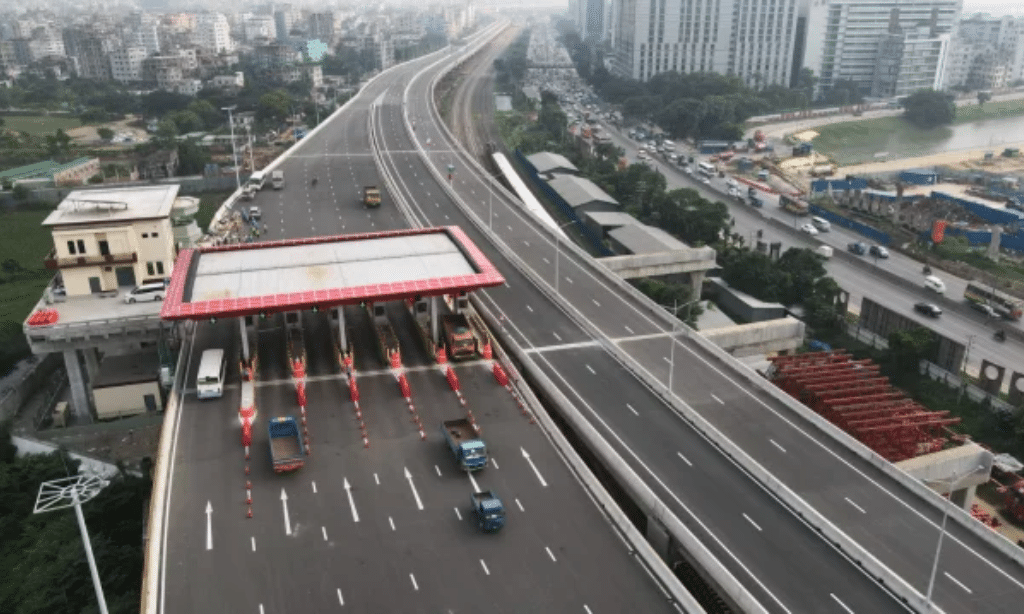
The Dhaka Elevated Expressway has successfully created streamlined connectivity between the north and south parts of the capital city, transports over 80,000 vehicles on a daily basis, as well as cut down travel time, and reduced traffic congestion.
Enhanced Connectivity Between North and South parts of Dhaka City
The Dhaka Elevated Expressway is an ambitious effort of the government to improve connectivity between north and south parts of Dhaka city. This significant project aims to reduce the traffic congestion experienced in these large-scale urban areas, as well as offer seamless connectivity between destinations like Hazrat Shahjalal International Airport and Kutubkhali via Mohakhali.
The partial inauguration has had a great impact on transportation efficiency, where over 80,000 vehicles are expected to travel on it daily right from its commencement. Having already reduced travel time significantly for commuters, this expressway has offered relief from increasing traffic jams in one of the world’s most densely populated cities.
In addition, it gives southeastern suburbs direct access to the airport along with improved connections across Dhaka city for residents living there or commuting through that region.
Expected Daily Capacity of Over 80,000 Vehicles
The Dhaka Elevated Expressway, which is expected to open next year, will have a remarkable daily capacity of over 80,000 vehicles. This significantly higher capacity when compared with the existing roads in Dhaka city guarantees that more people are served at any given time.
The higher carrying capacity will reduce traffic jams and congestion allowing for smoother and faster journeys throughout the expressway network. Furthermore, it enhances connectivity between the north and south parts of the city from Rupganj to Aminbazar while drastically reducing travel times for commuters relying on this route.
Moreover, its toll rate has also been released by the government making it a cost-effective transportation solution without sacrificing safety standards or quality. Therefore, by providing greater access through increased daily capacity Dhaka residents can enjoy improved transportation efficiency and convenience within their everyday lives.
Reduced Travel Time and Traffic Congestion
The successful opening of the Dhaka Elevated Expressway has been a major boon for the citizens of Dhaka. The expressway now offers enhanced connectivity between the north and south parts of the city, reaching a daily capacity of over 80,000 vehicles.
This has drastically reduced travel time and traffic congestion in Dhaka by providing commuters with faster, smoother rides that avoid the worst rush hour internet on congested roads below.
At peak hours this translates to an approximate reduction in travel time from one part of town to another by up to 50% which not only elevates convenience but also helps boost business due to improved mobility.
Problems with Dhaka Elevated Expressway
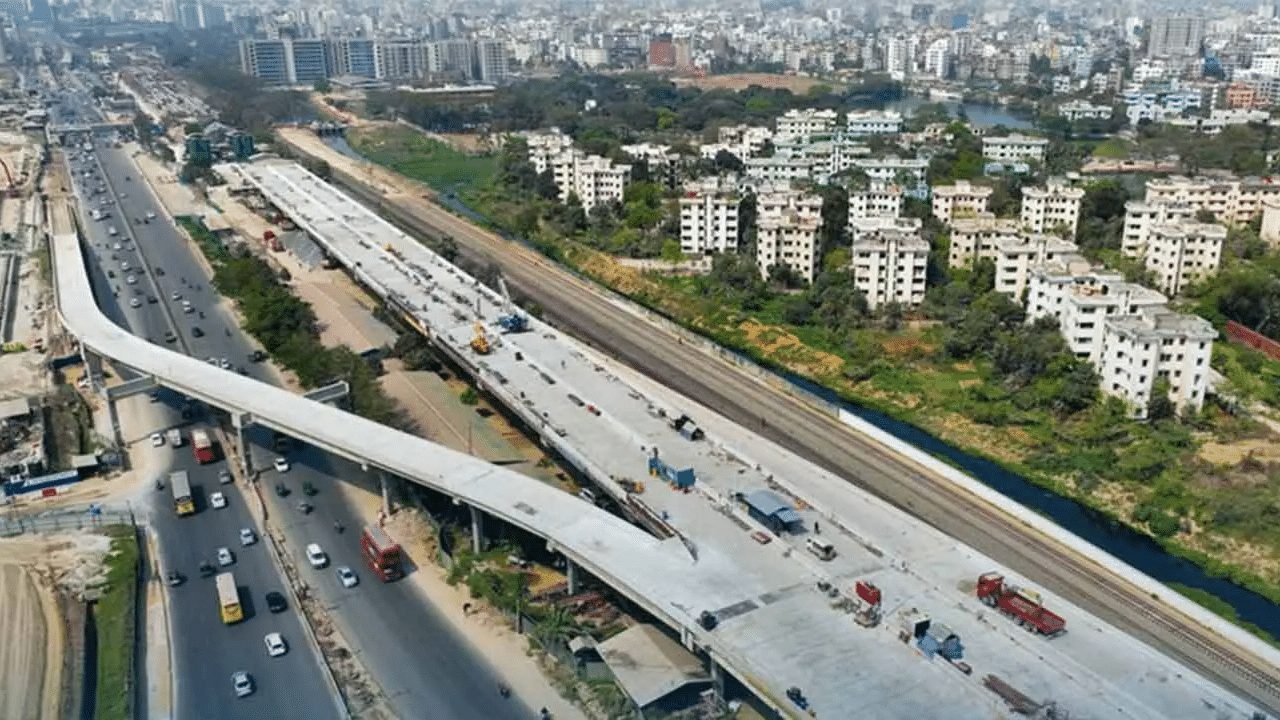
Unclear toll collection system and limited access for large goods vehicles, including buses, trucks and other commercial transportation.
Toll Collection System
The Dhaka Elevated Expressway toll collection system is a crucial component for it to effectively manage traffic flow and ensure the smooth operation of the expressway. This system involves the implementation of tolls at a centralized plaza, connecting it to Farmgate, and plays an important role in the overall project of reducing traffic congestion within Dhaka city limits.
Thus, fares will be determined based upon certain criteria: total distance traveled, type of vehicle used for travel, etc., while dedicated lanes are expected to be established so that users have easy access to board or exit from this expressway.
Through its timely introduction which meets international standards and practices along with proper implementation strategies, this act is hoped to bring about drastic effects towards sustainability of transport systems in Dhaka.
Limited Access for Certain Types of Vehicles
The Dhaka Elevated Expressway is a high-speed expressway that connects the north and south ends of Dhaka city. While this elevated highway has enhanced connectivity and reduced travel time for many commuters, there are some limitations to its usage.
For safety reasons, two three-wheeler vehicles as well as pedestrians are strictly prohibited from accessing the expressway. This restriction on vehicle access was implemented due to space constraints with limited room for more traffic while trying to maintain the high speeds at which cars can safely use the road.
Accessing ramps also complicates matters, as they become congested much faster than four-wheelers or heavier vehicles such as buses are able to pass through ramp queues quickly without jamming up the blockage of traffic flow onto the expressway itself.
Environmental Impact
The construction and operation of such a large infrastructure project and post-project can have significant environmental impacts, including air and noise pollution, disruption of local ecosystems, and the potential displacement of wildlife. Implementing effective environmental mitigation measures and adhering to environmental regulations are crucial to minimize these negative effects.
Land Acquisition
Acquiring the necessary land for the expressway can be a complex and time-consuming process. It may involve negotiations with landowners, addressing land disputes, and ensuring fair compensation for those affected. Delays or disputes in land acquisition can lead to project setbacks.
Challenges to Reduce Traffic Jam
Effective implementation of measures such as managing ramp connections, introducing efficient traffic management systems, and public awareness campaigns are necessary to reduce the overall traffic jams along Dhaka Elevated Expressway.
Managing Ramp Connections to Mitigate Congestion
The Dhaka Elevated Expressway connects the north and south of Dhaka, improving transport connectivity within the city. However, managing ramp connections to mitigate congestion is a key challenge in order to reduce traffic jams.
Ramp connections can lead to uneven distribution of vehicles on access and override them leading to queuing issues which can cause significant delays during peak hours. Additionally, static control systems can block emergency vehicles during such traffic jams because it does not dynamically adjust to varying traffic needs or conditions.
To address this problem, governments should consider introducing efficient road networks that connect east-west parts of Dhaka city such as roads or circular routes combined with proper ramp design.
This could help spread out travel demand over multiple paths while providing smooth transitions from ramp connection points onto the expressway and off-ramps reducing heavy congestion in certain areas.
Furthermore, government initiatives could focus on public education campaigns for responsible usage of the highway in order to minimize any potential disruption caused by overloaded ramps or blocked lanes due to incidents or breakdowns.
Introducing Efficient Traffic Management Systems
is essential for reducing traffic congestion on the Dhaka Elevated Expressway. To manage traffic flow, prioritize public transport vehicles, and ensure safe operation of the highway, strategies such as Intelligent Traffic Systems (ITS) can be implemented.
ITS allows for real-time monitoring of road conditions through sensor networks that inform drivers about upcoming hazards or delays and route recommendations based on current traffic patterns.
This will help to reduce congestion by managing ramp connections to prevent lane merging conflicts, and delayed signal lights at intersections which would improve the efficient flow of vehicular movement in Dhaka city.
Public Awareness and Education on Proper Usage of the Expressway
are essential components in reducing traffic congestion on the Dhaka Elevated Expressway. The success of the expressway depends largely upon the correct usage of it for its intended purpose, therefore ensuring public understanding is key to reducing any misuse and abuse of this transportation resource.
A lack of awareness or misunderstanding can lead to incorrect route choice, lane switching, poor speed control, and higher interaction times resulting in increases in queue lengths and delays as well as congestion on ramp connections.
The introduction of campaigns that ensure clear communication around proper usage along with training activities can help reinforce good driving habits among commuters, contribute towards smoother flows at interchange ramps, and reduce time in traffic queues.
These initiatives combined would support efforts by authorities as part of their strategy to help minimize traffic jams within Dhaka city which will be beneficial for businesses affected by decreased travel efficiency due to these delays.
Community Engagement And Financial Viability
Maintaining positive relationships with local communities and addressing their concerns is vital. Engaging with stakeholders through public consultations, addressing grievances, and involving communities in decision-making can help build support and mitigate conflicts.
Ensuring that toll revenue and other funding sources are sufficient to cover operating and maintenance costs, as well as repayment of loans, is essential for the project’s financial
Benefits for Dhaka Residents and Economy
[Video Credits @ATNNews]
Improved transportation efficiency and connectivity, a positive boost to business and economy; along with an enhanced quality of life for residents, have been attributed to the Dhaka Elevated Expressway.
Read on to find out more!
Improved Transportation Efficiency and Connectivity
The Dhaka Elevated Expressway has exponentially improved transportation efficiency and connectivity between the north and south parts of Dhaka city. By providing an alternative route around congested roads, the expressway is enhancing the movement of people and goods while reducing travel times significantly.
It contributes positively to economic growth by allowing businesses to conduct their activities more efficiently and quickly, making it easier for workers to access their workplace within a shorter amount of time.
In addition, commuters now have fast and reliable access across different areas which was not previously possible before. Furthermore, the expressway also brings enhanced quality of life for residents due to its increased safety features as well as its capacity solution that reduces traffic congestion in surrounding areas.
Boost to Business and Economy
The Dhaka Elevated Expressway is expected to bring a huge boost to businesses in the City of Dhaka and Bangladesh’s economy as a whole. With improved connectivity between the north and south parts of the city, commuters will be able to save valuable time that would have otherwise been spent stuck in traffic jams.
This shorter traveling time comes with other benefits such as reduced costs for transportation, enabling businesses to increase efficiency and profitability. Furthermore, investors from outside Dhaka will find it easier to travel around the city due to smoother road access which could also drive business opportunities while promoting trade and commerce.
The opening of this expressway provides better accessibility at lower costs, leading towards greater economic growth overall – especially since Bangladesh has experienced consistent yearly growth of over 5-7%.
Enhanced Quality of Life for Residents
The Dhaka Elevated Expressway, which aims to reduce travel time and improve road infrastructure, is an invaluable asset for residents of Dhaka. The improved connectivity across the city has enabled commuters to save on travel time and avoid traffic congestion.
This faster journey time has had a positive impact on citizens’ quality of life by reducing stress levels caused by long commutes. Additionally, the increased capacity of 80,000 vehicles per day provides more convenience with reduced waiting times at exits and entrances.
Moreover, the bypass allows private cars and motorbikes to move quickly from one side of the city to another without experiencing any disruption in their journey – this further enhances visiting friends or traveling around for leisure activities with greater efficiency.
Future Plans and Expansion
Plans are currently in place to complete the entire expressway, as well as to integrate with other transportation systems for improved efficiency.
Completion of the Entire Expressway
The upcoming completion of the Dhaka Elevated Expressway is expected to create a significant improvement in the quality of life for residents within and around Dhaka city. Providing enhanced connectivity between the north and south parts of this busy urban area, the expressway will be able to carry over 80,000 vehicles per day, significantly reducing congestion on other major roads.
The project also has environmental benefits as well with an increased capacity helping reduce harmful carbon emissions from automobiles that would otherwise idle during frequent traffic jams.
The construction schedule aims to complete the entire expressway by 2024 thereby providing imminent relief from current traffic woes and improved efficiency in transportation throughout the city.
Integration of Other Transportation Systems
Integrating other transportation systems into the Dhaka Elevated Expressway project is a crucial factor in upgrading the already challenging transportation system of Dhaka. As part of the future plans and expansion, integration with other modes of transport will be essential for enhancing connectivity within the city.
The successful completion of this highway will reduce travel time between north and south while providing improved access to important areas in the city. Moreover, integrating public transit facilities such as bus lanes or even electric rail networks onto the expressway would enable better connections between different parts of Dhaka, addressing one of its major challenges when it comes to transportation.
Furthermore, this integration could help reduce carbon emissions by encouraging travelers to switch from private vehicles to public transport options via enhanced mobility infrastructure on the expressway.
Government Initiatives and Support
The government has taken several measures in order to fund and invest in the project, while also collaborating with international partners for expertise.
Investment and Funding Strategies
At the heart of the Dhaka Elevated Expressway project is a commitment to public-private partnerships (PPP) and foreign investments for its implementation. These strategies are essential in providing necessary financing, as well as managing construction timelines and broadening opportunities for improved collaboration between key stakeholders.
Through PPPs, policymakers can tap into funding sources from across multiple industries, both domestic and abroad. This has huge potential to provide capital investment for advancing infrastructure plans while at the same time lowering risks during the development of projects like this one.
Furthermore, by leveraging international capabilities such as modern technology and managerial expertise provided by partners from outside Bangladesh, it can help the local labor force gain new skills which will ultimately lead to more jobs being created in Bangladesh’s economy.
Collaboration with International Partners for Expertise
International partners play a critical role in the development of the Dhaka Elevated Expressway. Bangladesh is seeking expertise and support from international organizations to ensure the success of the project, with a particular focus on policy reform and efficient transport management.
Organizations like the Asian Development Bank have provided financial assistance for sector-related goals within the transport industry. Furthermore, as emphasized by the G20 Framework on Capacity Building of Urban Structure, coordination between multilateral development banks and international bodies is essential to meet rapidly changing urban needs.
With access to wider resources such as modern technologies and systems-related knowledge transfer, technical support along with funding these forms of collaboration can help move forward initiatives that will benefit both national economies as well as local communities alike. Additionally, you can also read about the Dhaka Elevated Expressway Route Map.
Public Feedback and Perception
Understanding commuters’ insights on the Dhaka Elevated Expressway helps to evaluate its overall performance and identify areas for improvement.
Opinions and Experiences of Commuters
Commuters have high expectations for the Dhaka Elevated Expressway. Most see it as a major point of progress, believing that it will significantly reduce travel time, provide better connectivity between the north and south, alleviate traffic congestion, open up economic activity within the city, and improve quality of life.
However, commuters have raised concerns about toll collection systems, limited access for certain types of vehicles such as buses and rickshaws, inconsistency in ramp connections to minimize congestion due to their narrow widths at some points, and safety issues related to ramps located close to busy roads.
Moreover many are anxious about an increased burden on accommodation of future traffic growth along with anxiety regarding the changing nature of areas falling under Dhaka elevates expressway’s coverage zone.
Suggestions for Improvement
Making the Dhaka Elevated Expressway more efficient in reducing traffic congestion compels smart and practical solutions. One way of helping reduce the issue is to improve the toll collection system, making it quicker and easier for vehicles to pay their dues while increasing transparency.
Additionally, access to different types of public transport should be considered given that many do not have permanent spaces reserved on roads or ease of movement during peak travel hours.
To ensure proper usage of existing road infrastructure, effective traffic management systems could also help with managing ramp connections between two points in order to help mitigate congestion. Are you interested to learn about Padma Bridge? Then read the linked article.
Takeaway
The Dhaka Elevated Expressway is a transformative infrastructure project that promises to alleviate the congested traffic situation in Dhaka. It will reduce travel time and provide greater connectivity between different parts of the city, significantly improving the quality of life for residents.
Besides this, its completion could bring many benefits to local businesses and the economy by providing efficient transportation options for commuters and goods movement. The government has undertaken significant initiatives and investments as part of this project but future challenges such as air pollution control, and public awareness efforts remain outstanding.


